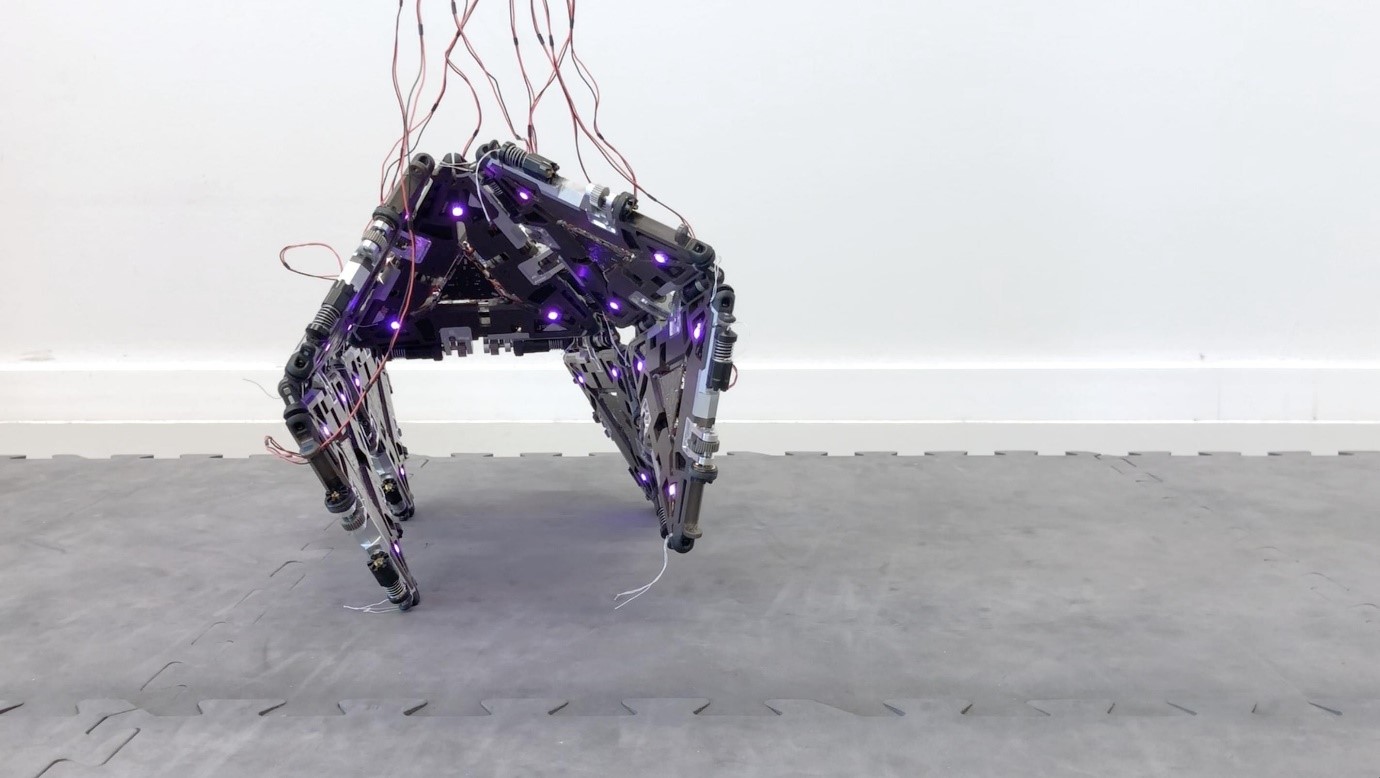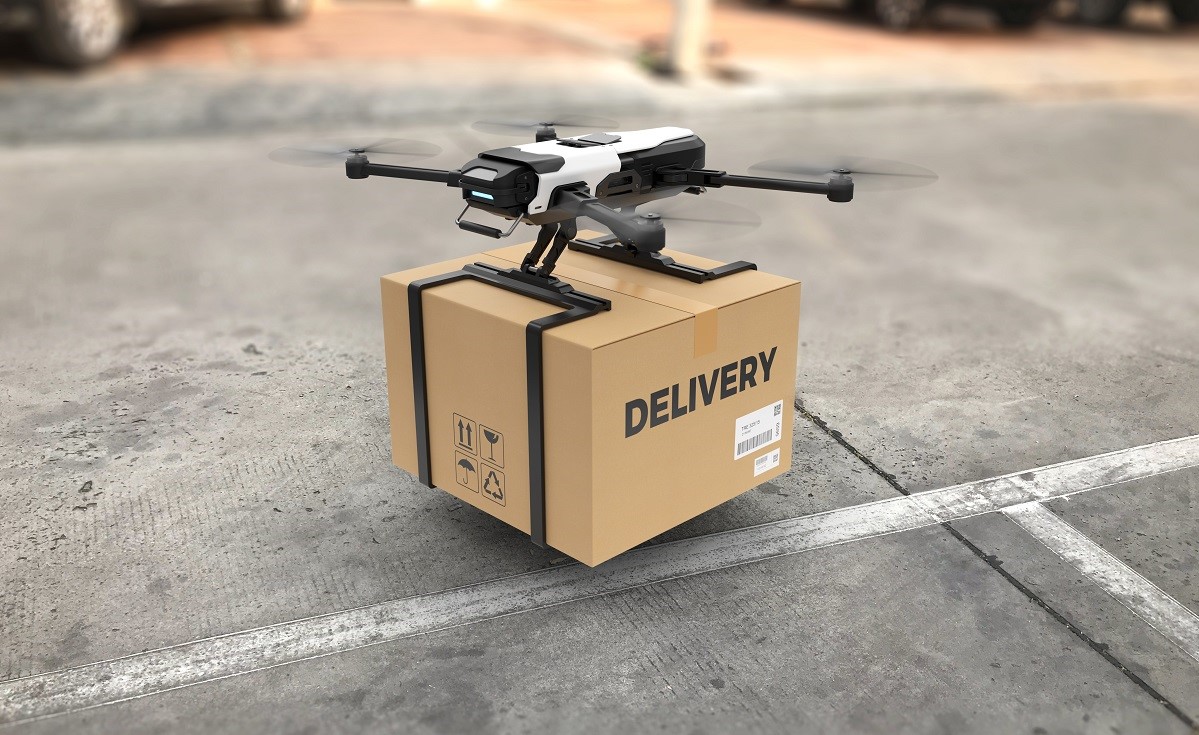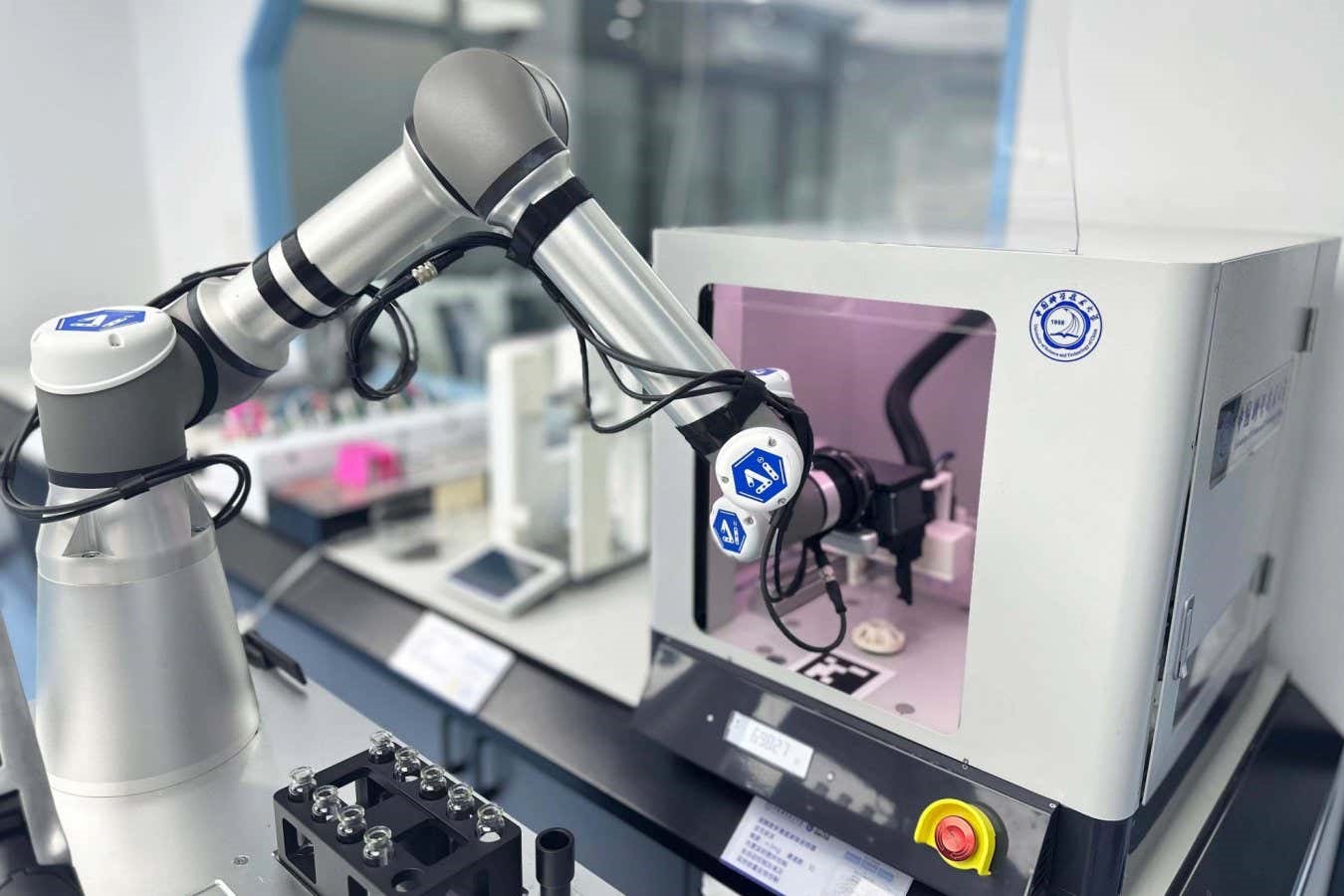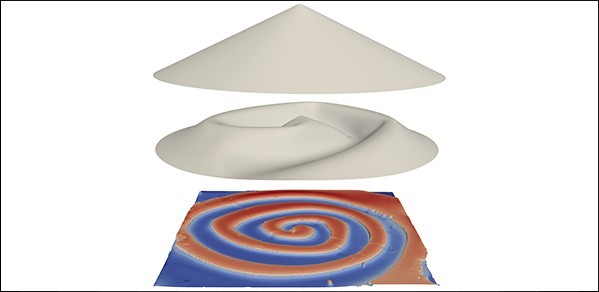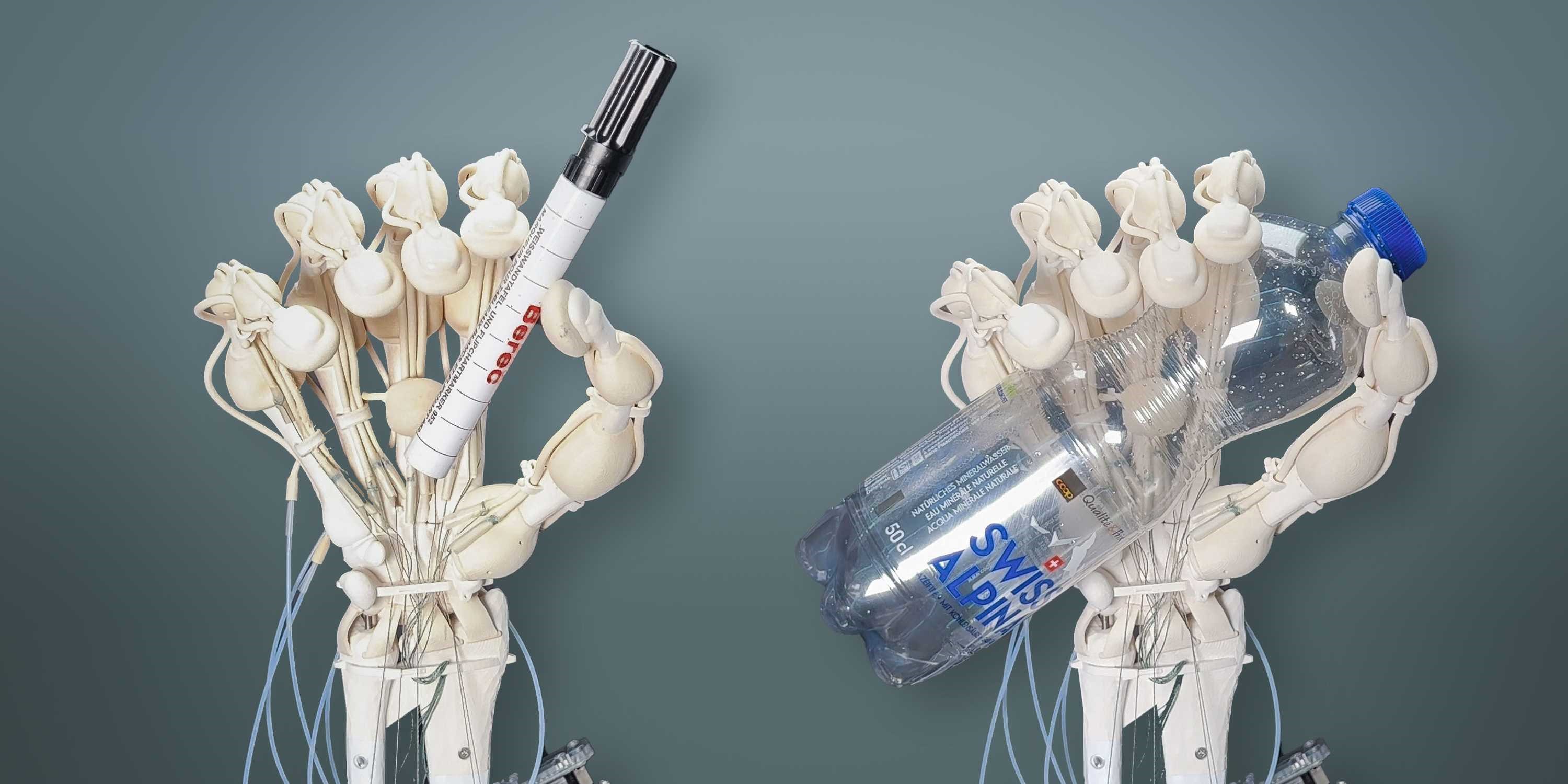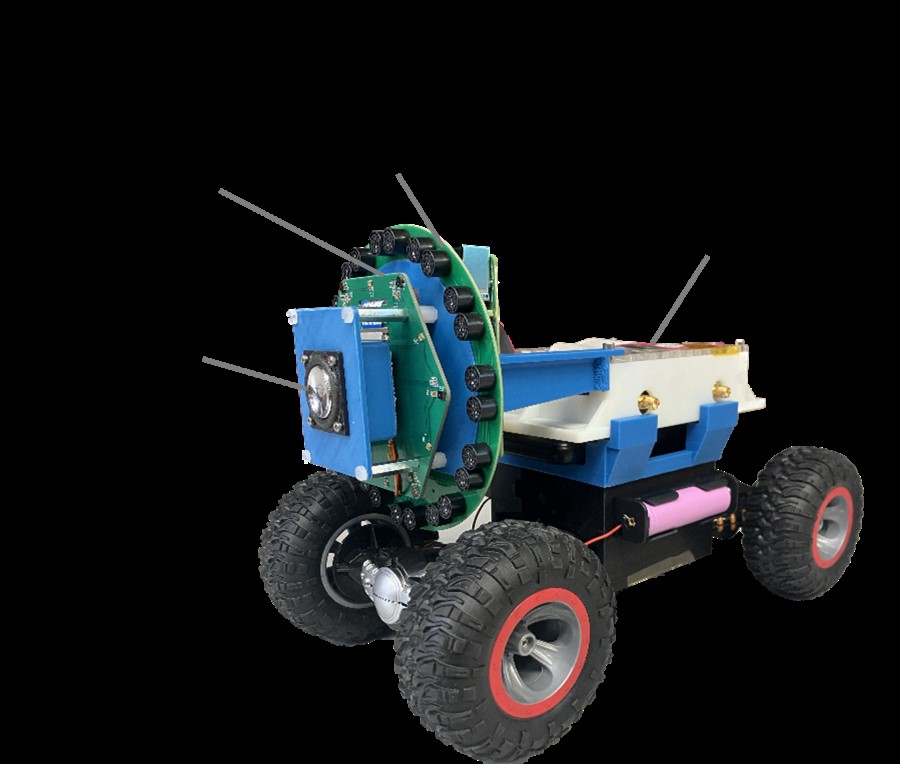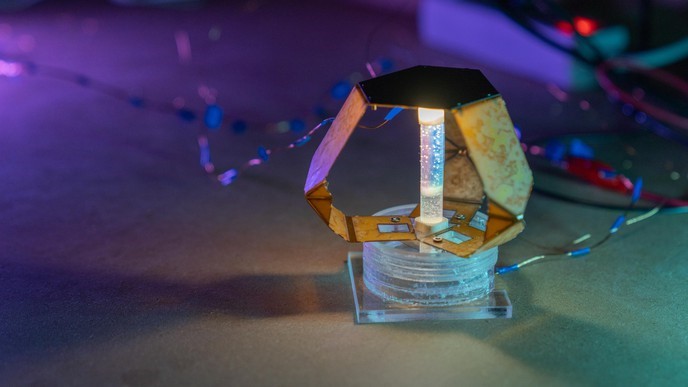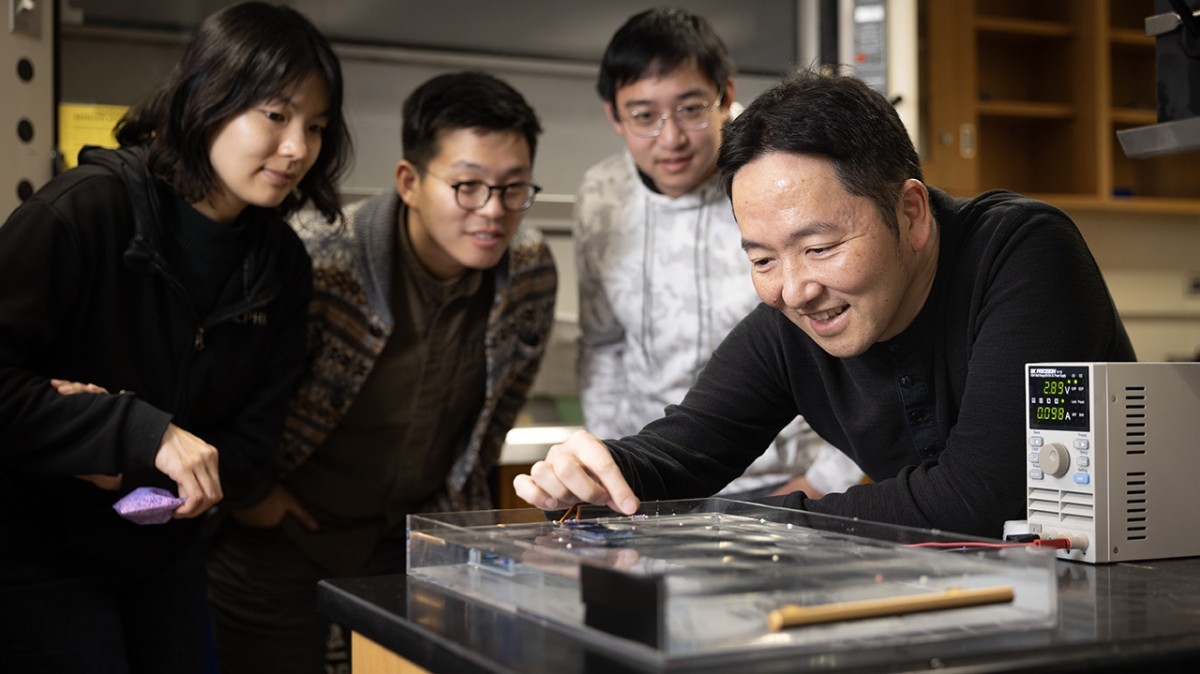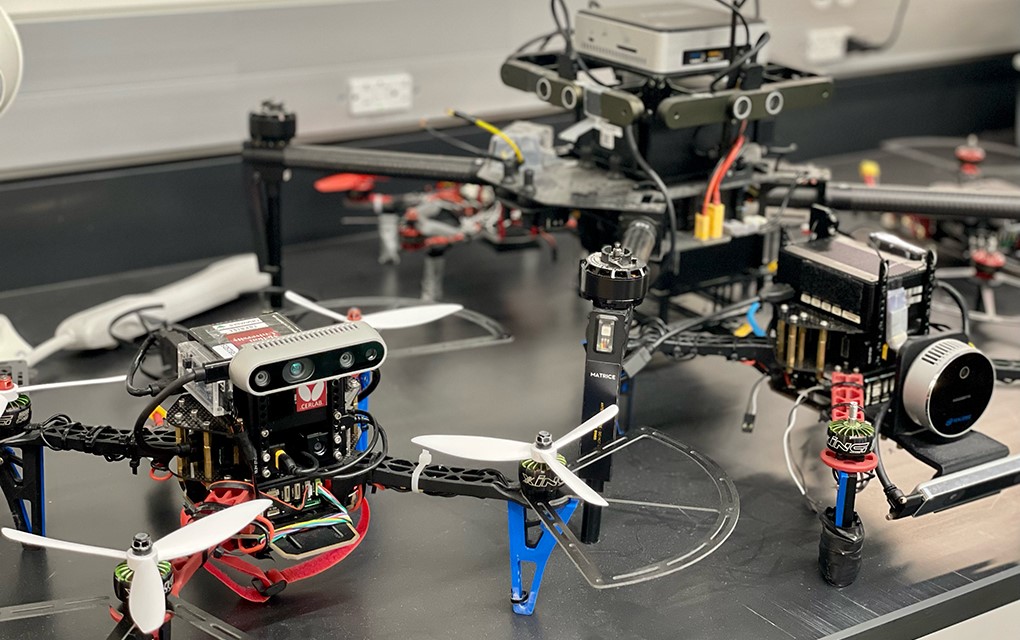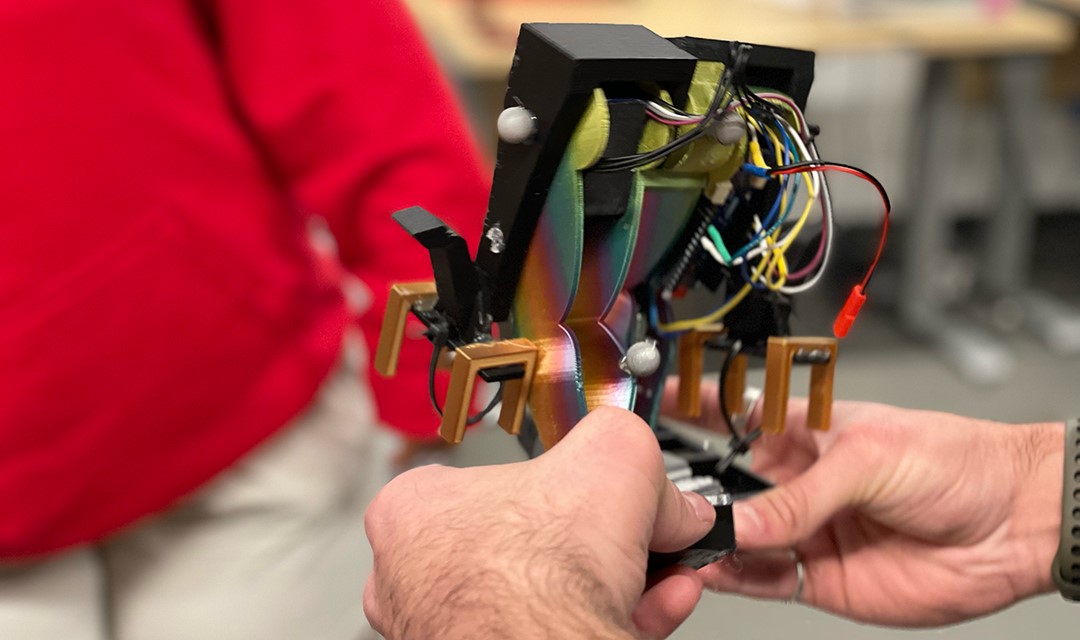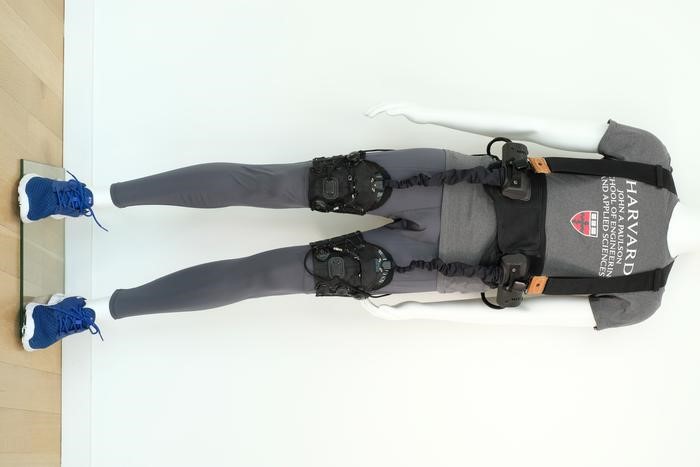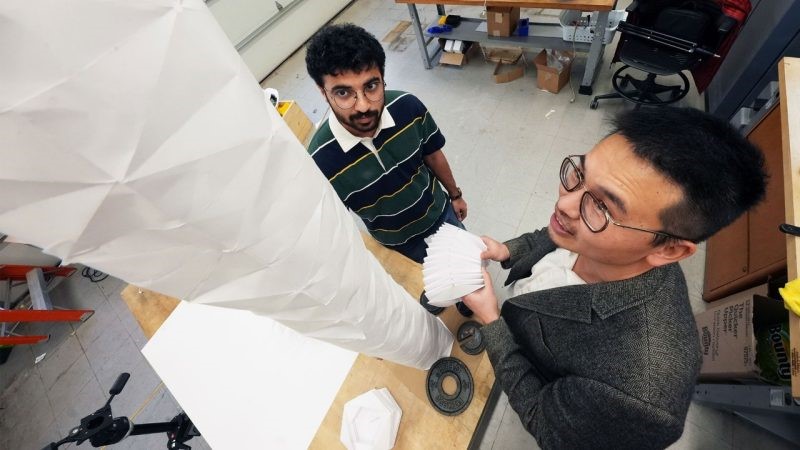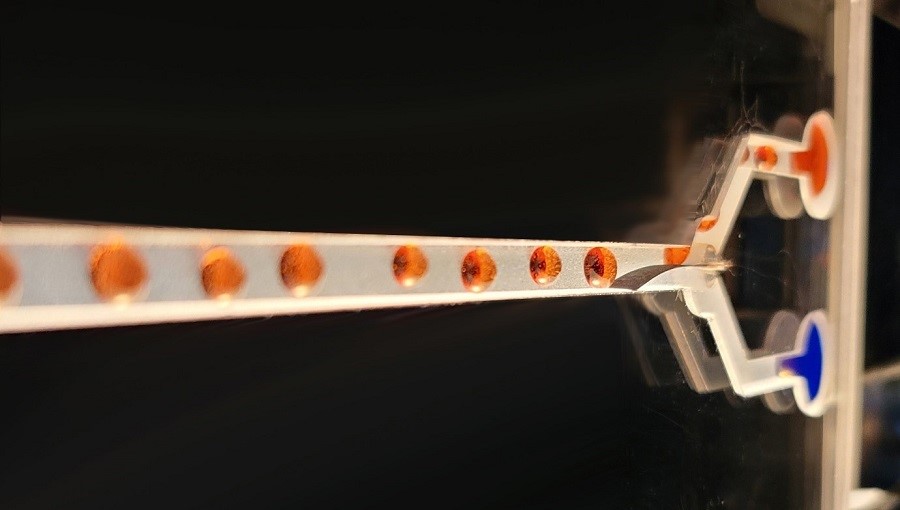Tuna-Inspired Fin Design Enhances Underwater Drone Efficiency
Cecilia Huertas Cerdeira, a native of Spain, was fascinated by the graceful movements of marine life during her childhood vacations along the Atlantic coast. Her love for the ocean continued as a doctoral student at the California Institute of Technology, where she honed her skills surfing the Pacific waves. Now an assistant professor of mechanical engineering at the University of Maryland, Huertas Cerdeira is focused on enhancing underwater drones. While these drones have made significant strides in recent years, they still lag behind their aerial counterparts in terms of speed and agility—something Huertas Cerdeira aims to change.
Huertas Cerdeira has launched a project to develop an unmanned underwater vehicle (UUV) powered by a robotic fin. Inspired by the powerful rear fin of a tuna, this design aims to enhance the drone’s speed and agility, allowing it to navigate deep waters more efficiently than current models.

Figure 1. UMD research team's soft-robotic fin adapts stiffness for better underwater drone performance
Huertas Cerdeira draws inspiration from nature, aiming to replicate the efficiency of biological swimmers that have evolved over millions of years. "We can't build a fish, but we can build a robot that moves like a fish and optimize it," she explains [1]. Her project builds on research detailed in a recent Scientific Reports paper she coauthored. Figure 1 shows UMD research team's soft-robotic fin adapts stiffness for better underwater drone performance.
Her team plans to build and test the robotic fin in a water tunnel at UMD’s Hydrodynamics Lab by year’s end. The full drone should be ready in two to three years, with testing set for the Maryland Autonomous Technologies Research Innovation and eXploration lab.
Huertas Cerdeira’s work aligns with the growing global use of UUVs for tasks too risky or costly for human crews. These drones are more affordable and adaptable, tackling missions like inspecting oil leaks, monitoring polar ice, cleaning waste, studying marine life, and conducting military operations.
However, UUVs often struggle with speed and stealth. Conventional thrusters create drag, reduce clearance, and generate noise that can scare marine life or compromise military secrecy.
"Aerial drones are about a decade ahead of their maritime counterparts," said Rob Nicholson, a Navy Reserve oceanography officer and blue tech expert [2]. While the Department of Defense and the oil and gas industry have been early investors in UUVs, he expects commercial developers to increasingly turn to academia for innovation.
Huertas Cerdeira believes a mechanical tailfin can match the quiet efficiency of real fish. As a fluid mechanics expert, she has studied how objects move through air and water—starting with wind turbines, then aerial drones, and now UUVs.
Huertas Cerdeira discovered that fish achieve masterful swimming by dynamically redistributing the stiffness of their fins—flexing in one area while stiffening in another. Unlike rigid propellers, their fins continuously adapt to water forces.
Inspired by this, she aims to power a UUV with a robotic fin that mimics the stiffness distribution of a tuna's tail. The team plans to achieve this by integrating pressurized air cavities within the fin, allowing it to shift flexibility in real time.
"There are a lot of very cool solutions that nature has come up with that we don't always think about as engineers," she said.
Ultimately, she hopes this research will advance bio-inspired UUVs and expand underwater exploration. "Improved propulsion systems can help push our underwater activities to the next level," she said.
References:
- https://techxplore.com/news/2025-04-tuna-mechanical-fin-boost-underwater.html
- https://today.umd.edu/tuna-inspired-mechanical-fin-could-boost-underwater-drone-power
Cite this article:
Janani R (2025), Tuna-Inspired Fin Design Enhances Underwater Drone Efficiency, AnaTechMaz, pp. 151


